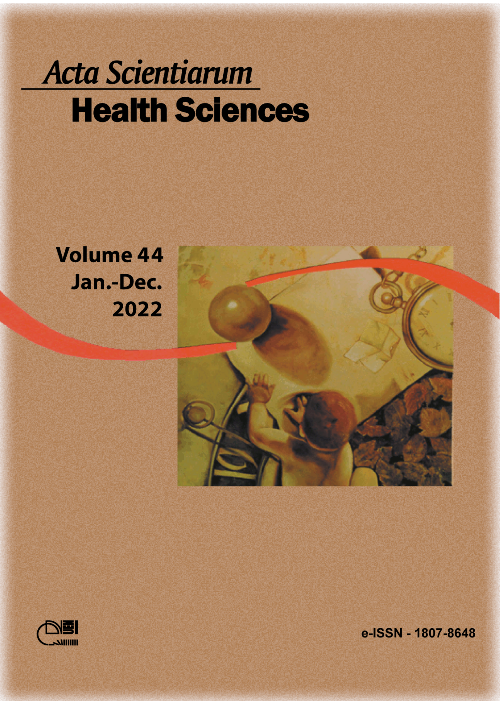Oral manifestations of systemic fungal infections: 25-year experience in an endemic region
Resumo
Some mycoses are endemic. They develop through hematogenous spread, causing a generalized infection, usually with secondary mucosal involvement.The aim of this observational and retrospective study was to report the prevalence and characteristics of oral lesions in patients diagnosed with systemic fungal infections (SFI) over a 25-year period in southern Brazil. Demographic (age, sex, ethnicity, occupation) and clinical (anatomical location, symptoms, histopathological diagnosis and management) data from the medical records of patients with SFI were collected from 1995 to 2019. 34 cases of SFI were found, of which 31 (91.18%) were diagnosed as paracoccidioidomycosis (PCM) and 3 (8.82%) as histoplasmosis. Men were much more affected (n = 31; 91.18%), with an average age of 46.9 years. Most patients (n = 18; 58.06%) were Caucasian; 48% (n = 15) were farm/rural workers and the most affected region was the jugal mucosa (n = 13; 25.49%) followed by the alveolar ridge (n = 12; 23.52%). All patients with histoplasmosis were immunocompetent men (mean age: 52.67 years), and the palate was the most affected. All patients underwent incisional biopsy and were referred to an infectologist. The dentist has an essential role in the recognition of SFI, whose oral manifestations may be the first sign. SFI should be included in differential diagnosis in patients from endemic areas. In addition, the inevitable human mobility and globalization make knowledge of these mycoses necessary worldwide, especially since advanced cases in immunocompromised patients can be fatal.
Downloads
DECLARAÇÃO DE ORIGINALIDADE E DIREITOS AUTORAIS
Declaro que o presente artigo é original, não tendo sido submetido à publicação em qualquer outro periódico nacional ou internacional, quer seja em parte ou em sua totalidade.
Os direitos autorais pertencem exclusivamente aos autores. Os direitos de licenciamento utilizados pelo periódico é a licença Creative Commons Attribution 4.0 (CC BY 4.0): são permitidos o acompartilhamento (cópia e distribuição do material em qualqer meio ou formato) e adaptação (remix, transformação e criação de material a partir do conteúdo assim licenciado para quaisquer fins, inclusive comerciais.
Recomenda-se a leitura desse link para maiores informações sobre o tema: fornecimento de créditos e referências de forma correta, entre outros detalhes cruciais para uso adequado do material licenciado.























5.png)







